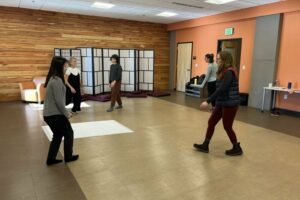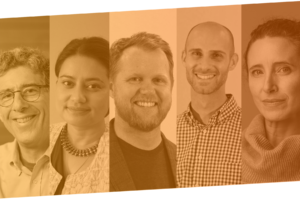Center for Healthy Minds (CHM) Director of Research Support Core Robin Goldman and Research Assistant Professor Tawni Tidwell weren't expecting their first night in South India at Sera and Tashi Lhunpo monasteries in late 2023 to rival “the bright lights of Las Vegas.”
But they quickly realized their trip had begun on the biggest day of the year – the Anniversary of Lama Tsongkhapa’s Passing – an annual celebration to honor one of the most significant masters in this school of Tibetan Buddhism.
Incense hung in the air. Hundreds of monks in red robes sat cross-legged while they watched their fellow monks partake in the evening’s central event: a series of formal yet deeply passionate open-air debates. Every inch of the monastery was covered in bright lights, as a canopy of flashing greens, pinks, purples and yellows lit up the night.
This fantastic scene commenced a busy trip that was crucial in gaining new partnerships for CHM as well as making strides in science and research innovations.

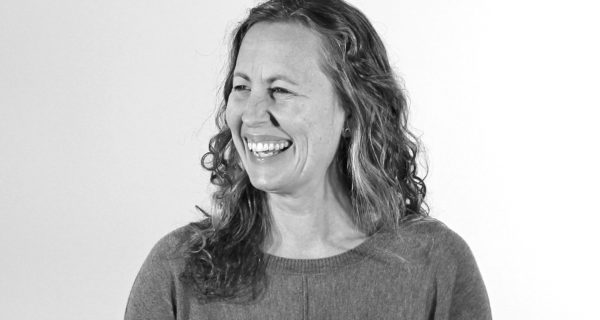
In addition to Tidwell and Goldman strengthening ties among their international research team and partners while in India, CHM Founder and Director Richard Davidson also traveled there in late 2023 to connect with other science leaders and meet with His Holiness the Dalai Lama (HHDL).
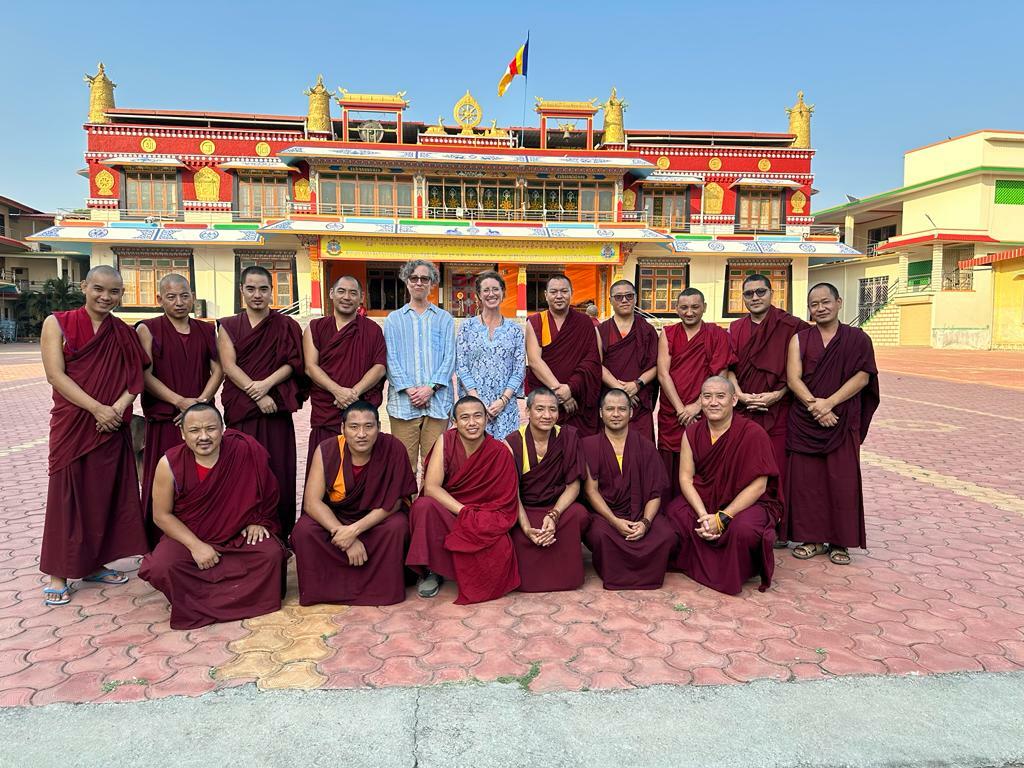
Making Strides for The Tukdam Project
While this was Goldman’s first trip, Tidwell (who lived in Northern India for a cumulative seven years), as well as Davidson, have been to India several times before.
A major reason for this trip is an international research project called The Tukdam Project, which investigates the post-death meditative state – a phenomenon known as “tukdam.”

An international team of researchers and collaborators – including CHM – published a 2021 study that was the “first to describe the phenomenon in Western scientific, medical and forensic literature,” measuring whether brain activity is apparent while in postmortem, ideally observing within hours after a medical death occurs (but often a day or more into the process), according to a previous CHM article.
In simpler terms, they’re studying advanced practitioners, lifelong meditators and Buddhist monks who enter a meditative state during the dying process, then enter the tukdam state. The bodies reportedly remain intact after death, in some cases, for up to weeks or months.
The initiative for the project was developed under the vision of HHDL to investigate consciousness and the nature of living and dying.

In relation to The Tukdam Project, Davidson has previously said it’s worth investigating death as a non-binary state.
“In Western medicine, death is conceptualized in a binary state – either you’re alive in one moment or dead in another,” said Davidson, in a 2021 article.
“Yet biological processes don’t work in a simple on-off way. They are more graded. We hope this research catalyzes a conversation around the process of dying and raises questions about dying as a process and not a binary switch.”
“In Western medicine, death is conceptualized in a binary state – either you’re alive in one moment or dead in another.” - Richard J. Davidson
Along with CHM, a dedicated team from across the world including Russia, Tibet, India and more, has collaborated on the project for over three years. Yet, Tidwell said this was the first time the field teams could do training, make presentations and discuss research in person as a full collaborative team.
Gaining support from the monastic leadership the team met with to start collecting data in new and critical ways, was a significant outcome of the trip.
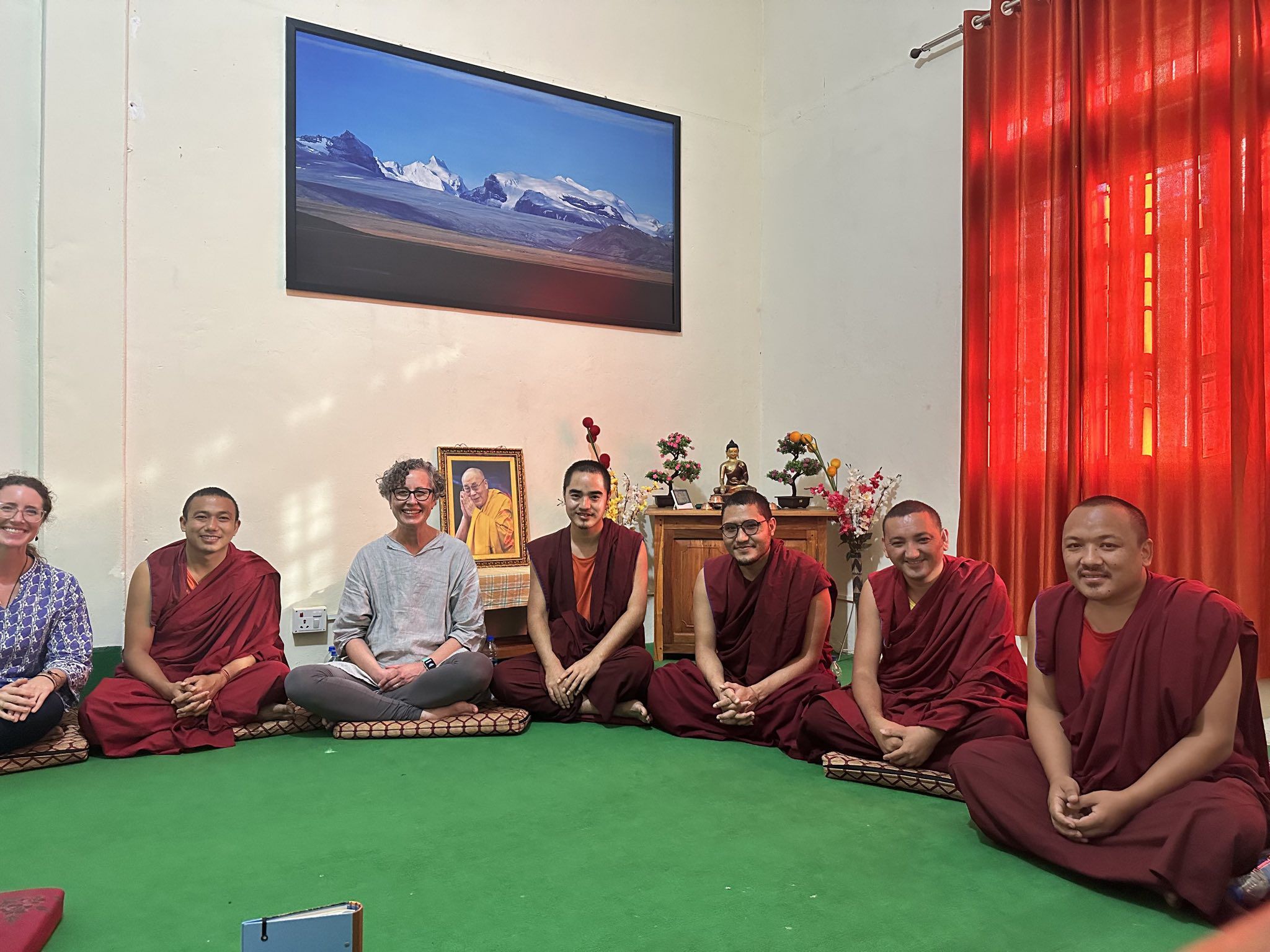
Tidwell, who is a biocultural anthropologist and Tibetan medical doctor, explained that traditionally, no one should touch an individual’s body while in tukdam, let alone study it.
“We needed to make sure light superficial touch was OK from the tradition’s perspective,” she said, noting the importance of understanding the culture and engaging the community in this type of research.
Now, the researchers can move forward with new ways to get biological data for the study – saliva samples or gentle skin swabs for microorganisms in the mouth and on the skin surface, and collecting ambient compounds in the air, for example.
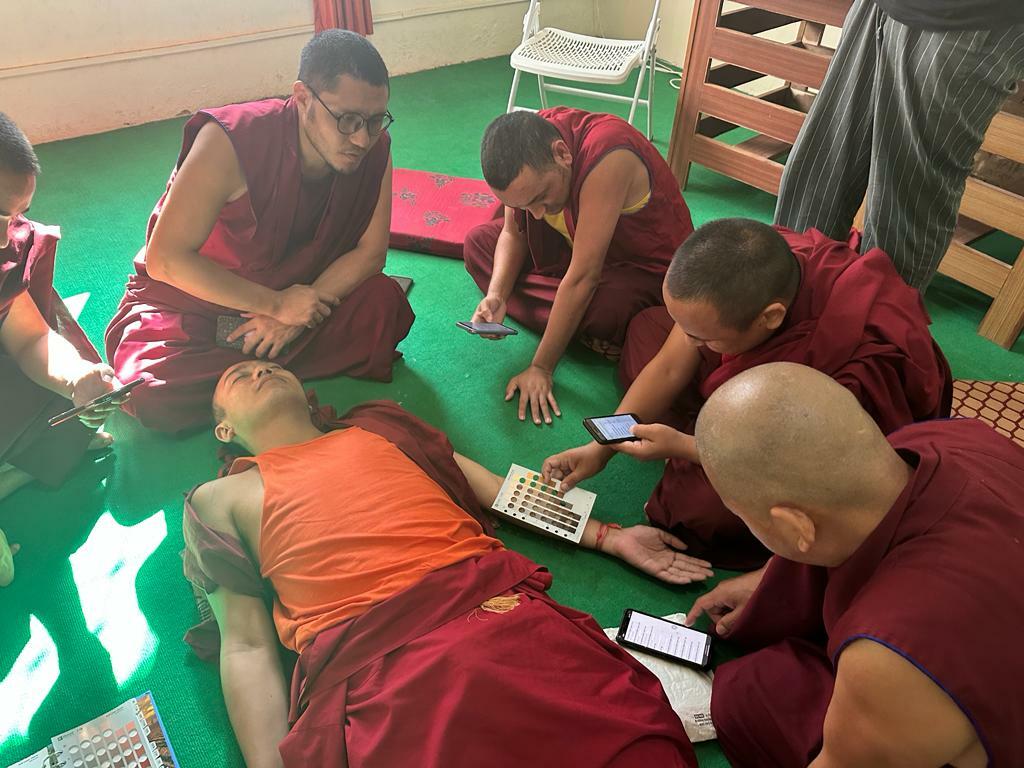
Goldman said this data could lead to new findings, including potentially investigating how to understand and measure what odors are present (around the body after death); how and when bacteria transitions from being a normal part of the body to bacteria that takes over the body after death; and how that corresponds to other data to observe any delayed composition.
Visiting the National Institute of Mental Health and Neurosciences
Collaborations with researchers across the globe is paramount to the Tukdam Project, and while in India, CHM staff secured new research partnerships with colleagues at India’s National Institute of Mental Health and Neurosciences (NIMHANS).

Located in Bangalore on a campus that’s so expansive Goldman recalled having to take golf cart rides through underground tunnels to get around, it is the leading institution for mental health and neuroscience research, education, and clinical care in India. Among other things, it houses state-of-the-art brain imaging labs.
While visiting NIMHANS, the Tukdam Project team was delighted to form new partnerships with Dr. Bindu Kutty and Dr. PN Ravindra of the Center for Consciousness Studies, which leads investigations important to understanding the neuroscience of consciousness.
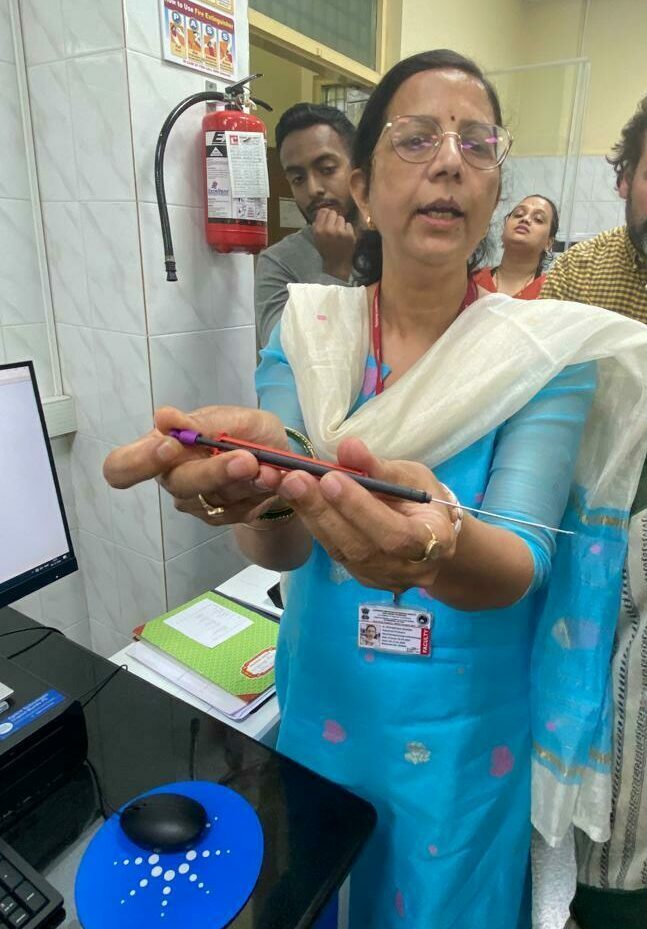
They also formed new partnerships with neurovirology colleague Dr. Manjunatha Venkataswamy and toxicology colleague Dr. Priyamvada Sharma for the new data collection methods in the study, having to do with oral and skin microbiomes (communities of microorganisms found within the mouth and on the skin) and odor analysis of volatile organic compounds (gasses emitted into the air from body orifices and moist cavities).
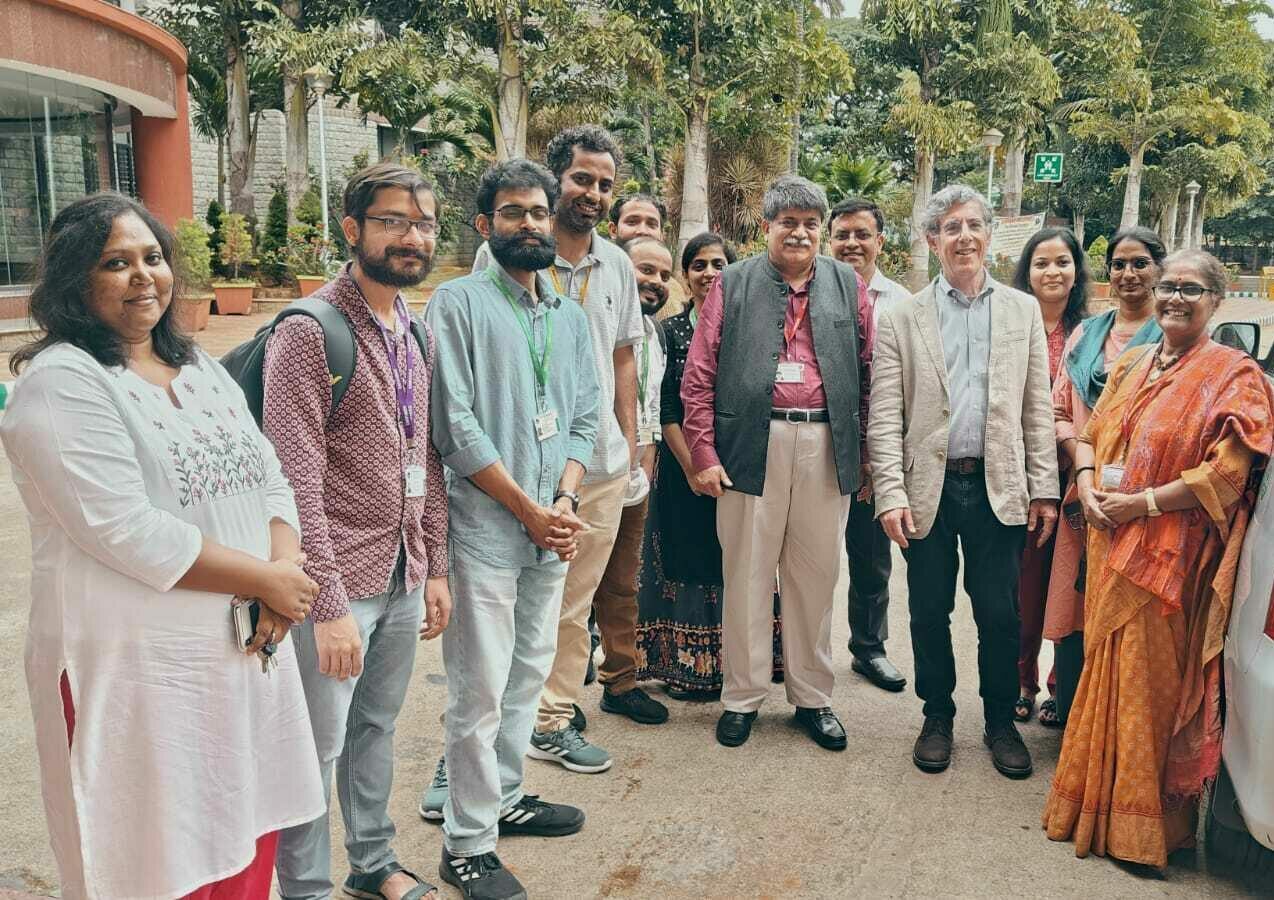
Just a day before, Davidson gave a talk on “Well-being as a Skill” at NIMHANS and said it’s exciting to see the work developing in India, as NIMHANS has launched a program to study different Indian meditation traditions.
Conversations on our Common Humanity and Social-and-Emotional Learning
Another highlight of Davidson’s time in India was attending a Governing Board meeting for the UNESCO research institute on which he serves, the Mahatma Gandhi Institute for Education of Peace and Sustainable Development, based in Delhi. Davidson notes that this organization is bringing social-and-emotional learning to the developing world and parts of the world suffering from war and natural disasters.
Davidson’s trip concluded with meeting his friend, His Holiness the Dalai Lama, in Dharamsala.
“We had wonderful discussions on contemplative research and on a major focus of His Holiness—our common humanity,” he said. “This notion that we are all basically the same is such an important message that can help us to overcome the divisiveness of our times.”
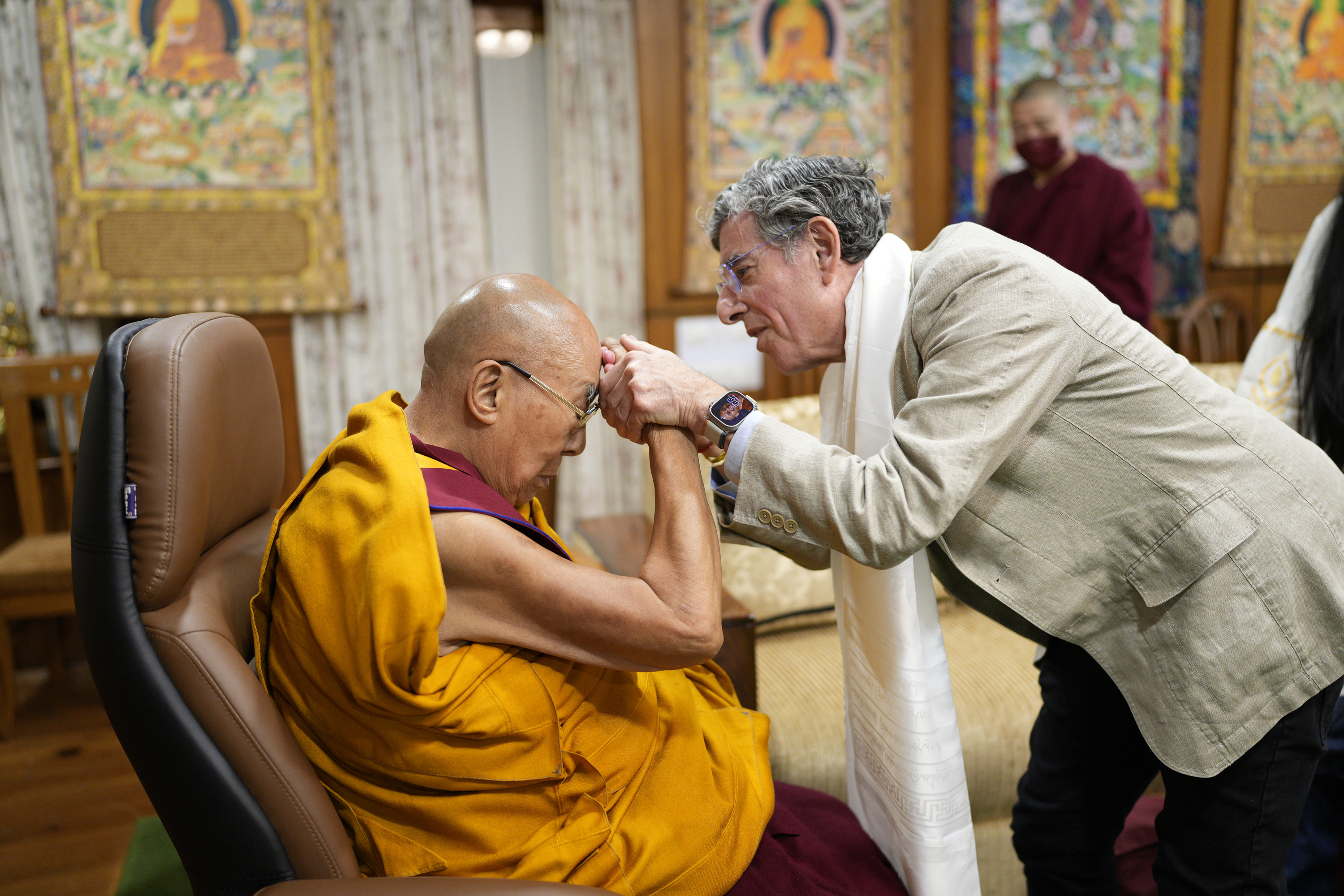
Tukdam Team Presents Research and Has an Audience with His Holiness Gaden Tri Rinpoche
After their time in Bangalore, the Tukdam Project team traveled to Bylakuppe (the second-largest Tibetan settlement in the world), as well as Mundgod Tibetan settlements.
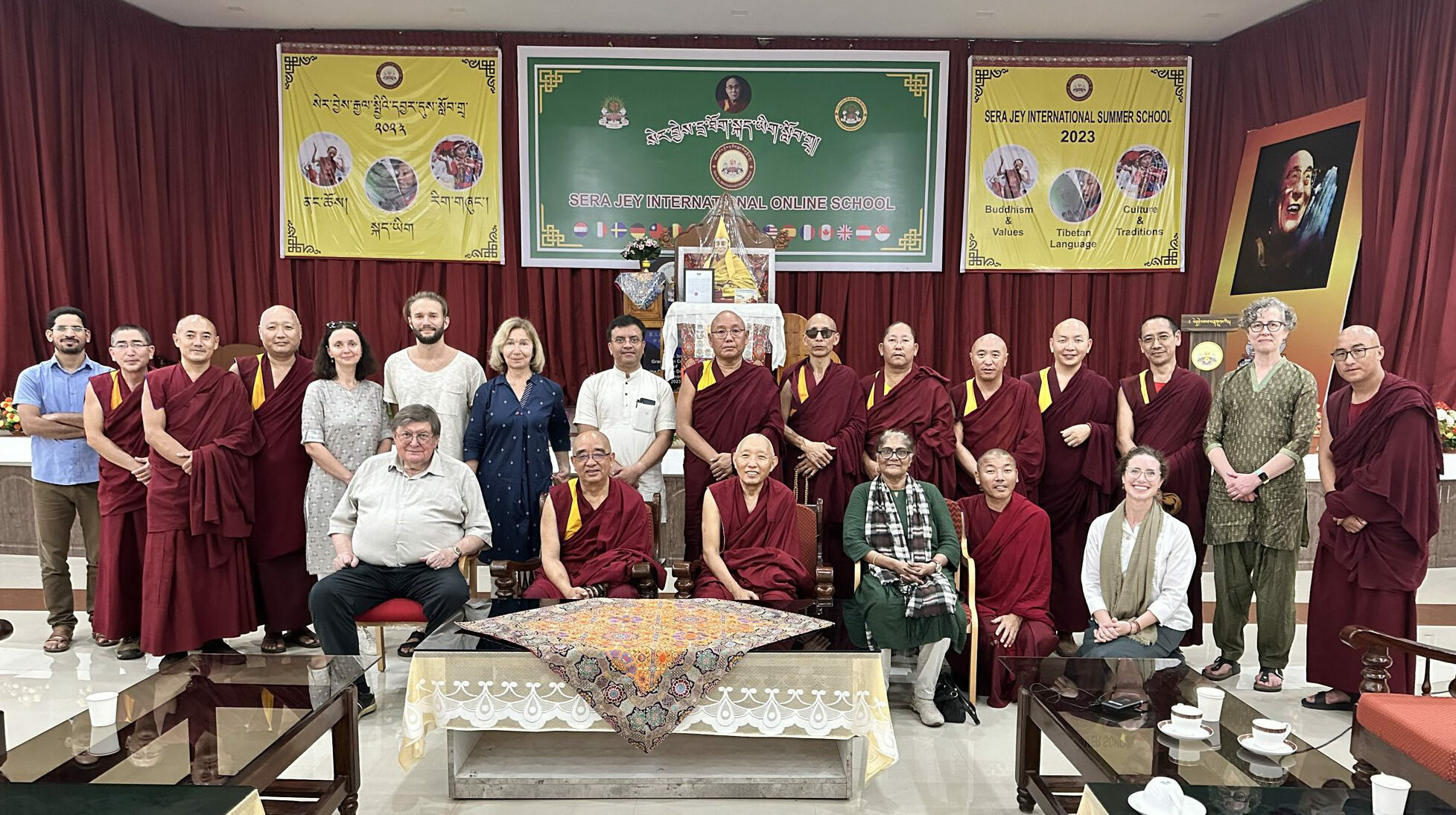
They convened meetings with leadership from Sera Jey, Sera Mey and Tashi Lhunpo monasteries in Bylakuppe, and in Mundgod, they met with leaders from Geluk International Foundation, Drepung Loseling and Gomang, and Gaden Jangtse and Shartse.
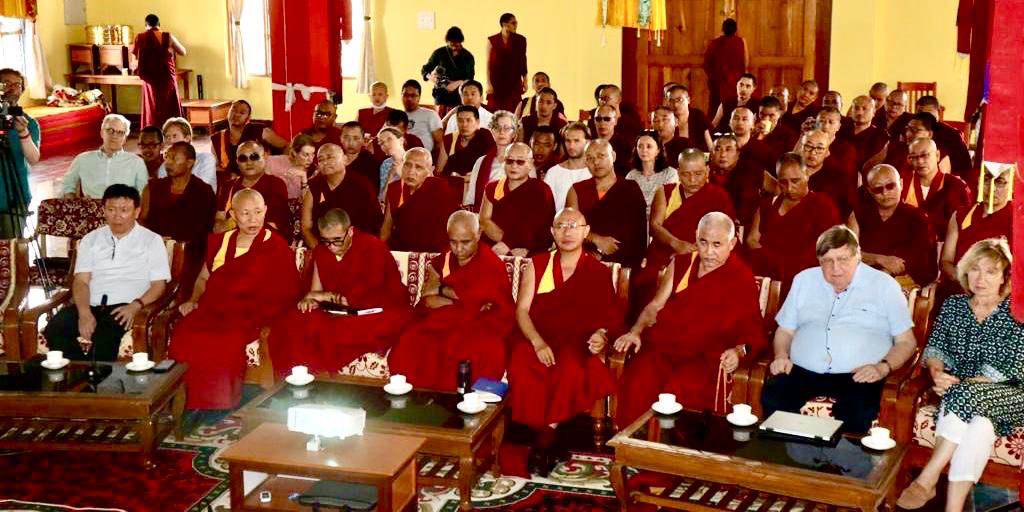
They presented research results to the Vice Chancellor overseeing all Geluk institutions, the venerable abbots, science directors and philosophy faculty of all the monasteries. The team received excellent feedback and important support on initiating the new data collection study measures NIMHANS will lead.
The team also had the rare opportunity to have an audience (the culturally accurate way to describe the gathering), with His Holiness Gaden Tri Rinpoche, who is the spiritual leader of the Geluk School of Tibetan Buddhism, which is associated with HHDL.
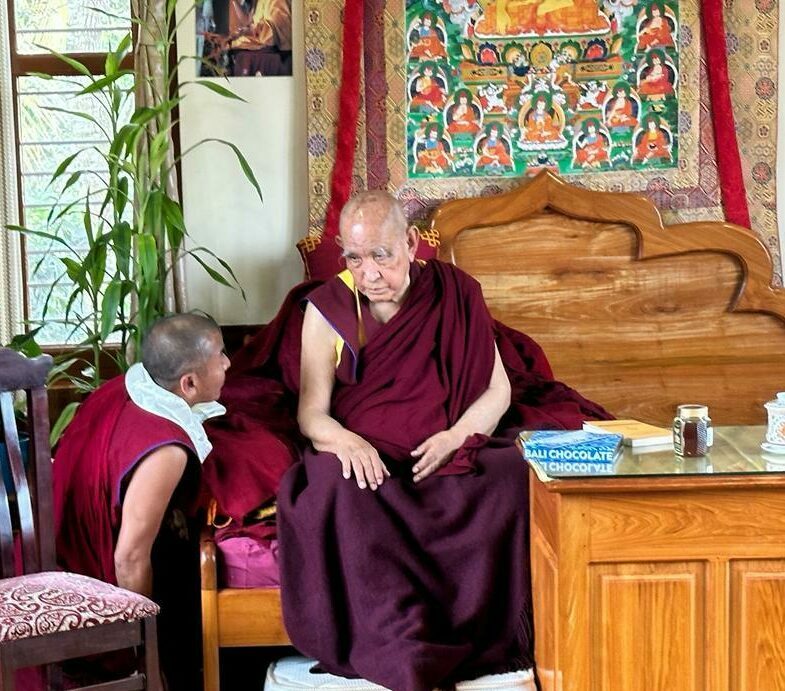
Tidwell and Goldman fondly recalled learning from one of the highest Tibetan Buddhist leaders, as he sat upon an ornate rug in his residence surrounded by the glow of Tibetan butter lamps and Buddhist statues.
“He spent a generous amount of time with the team, providing guidance on the physiology of tukdam from the Buddhist perspective,” Tidwell said.
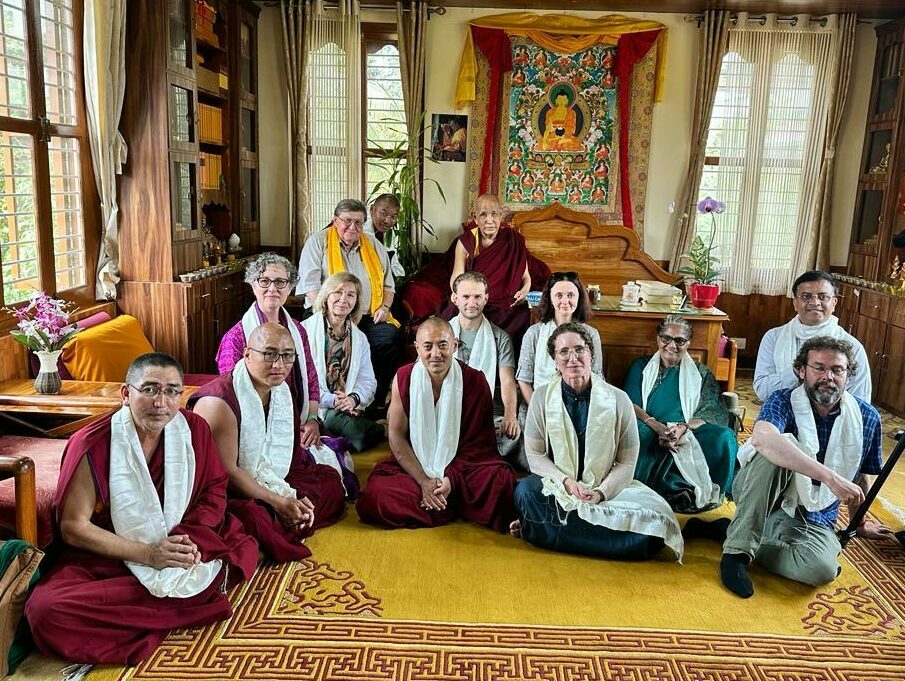
Goldman and Tidwell’s travels were documented by filmmaker Donagh Coleman, who produced the 2022 feature documentary “Tukdam: Between Worlds.” He’ll use the recent footage for his visual anthropology research and plans to visit the Center for Healthy Minds in spring 2024.
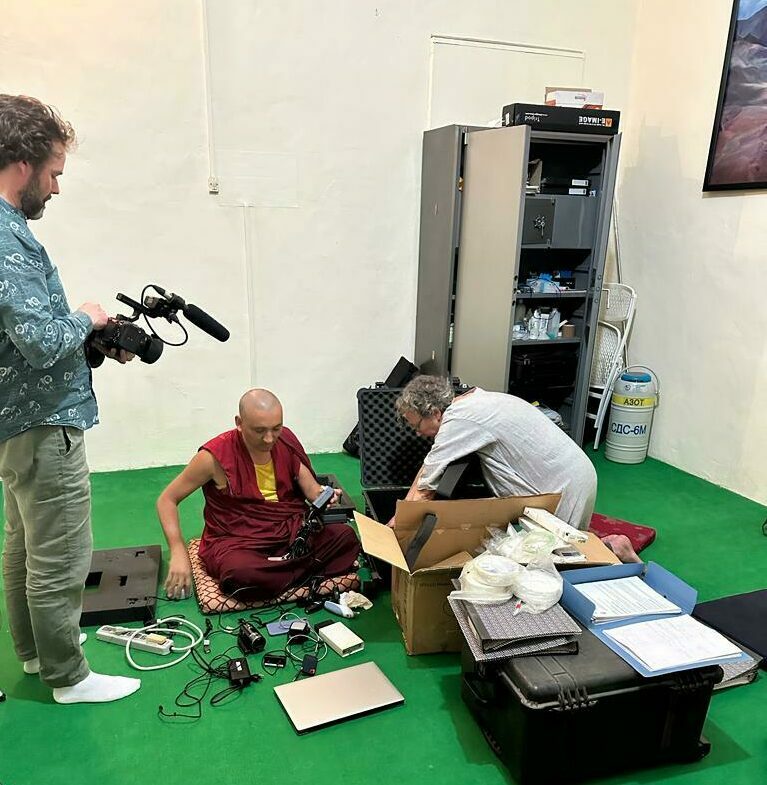
After a rigorous schedule, the CHM team remains grateful for having the chance to visit India and strengthen connections with their collaborating lab units, field teams, partners and community, to propel CHM’s research and partnerships into 2024.
By Victoria Vlisides
Imagery credit: All imagery by the Tukdam Project Team, except where noted.
Support the Science: Make a Tax-Deductible Gift Now
Special thanks: CHM would like to give special thanks to their field supervisors Geshe Ngawang Norbu of Sera Jey and Geshe Lodoe Sangpo of Gaden Jangtse for tremendous leadership, and Prof. Svyatoslav Medvedev and Prof. Richard Davidson for their dedication to this collaboration as the Primary Investigators of the research. They are also grateful for the thoughtful care, resources and dedication from host institutions and the field team to make the trip possible.
